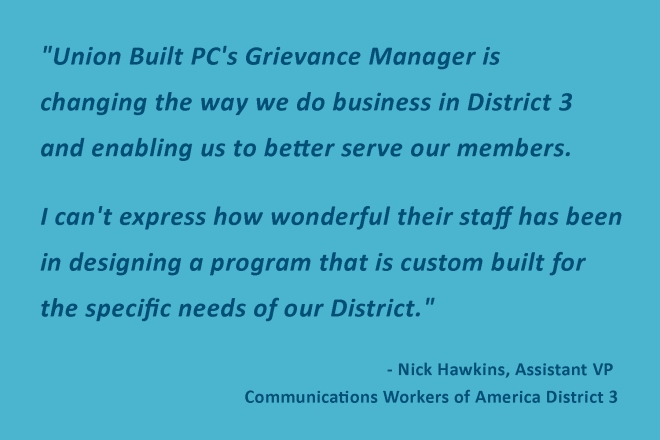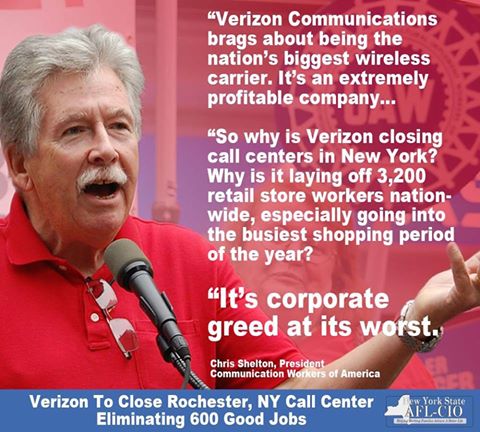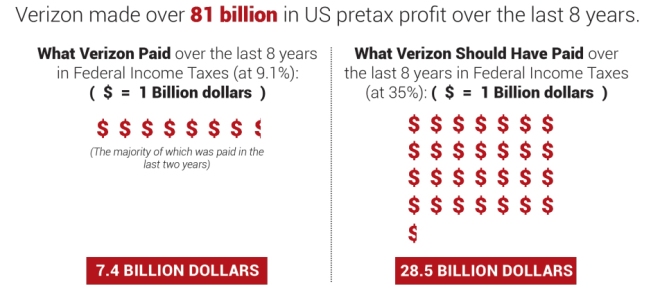We were contacted by District 3 about help with their grievance process in late 2015, and scheduled an online/phone conference call and screen demonstration with top-level District officers and staff, including CWA Vice President Richard Honeycutt and Assistant to the VP Nick Hawkins. Using a screen-sharing conference tool (GoToMeeting), District 3 officers and staff were able to join this conference from various locations, which made the meeting easy to schedule and attend.

The District is a large regional jurisdiction of the Communication Workers of America (CWA), representing 65,000 workers in over 100 locals in the Southeastern US. District 3 includes Florida, Georgia, Alabama, Mississippi, Louisiana, Tennessee, Kentucky, South Carolina, North Carolina and Puerto Rico. The District represents both public and private sector employment in diverse industries that include telecommunications, airline, health care, public service, printing and news media, broadcast and cable television, higher education and corrections.
During our online meeting, we learned that the District handles grievance appeals at Step 3 and arbitration from most of their Locals across a wide array of bargaining units, and they needed a unified system to help them manage the volume and diversity of grievances while maintaining and strengthening a consistent District-level process for managing details, processes and timelines for these important cases.
Discussion of Issues
The District wanted a uniform, consistent and centralized processing and document tracking system for their grievance processes. The system needed to:
1. Provide all case record-keeping and document storage in a single database, accessible to the District and all Locals via the internet.
2. Provide the ability to require required information standards across the District.
3. Provide flexibility to accommodate a wide variety of bargaining units and contracts and a substantial degree of Local specialization in all steps.
4. Provide reminder emails for approaching case due dates.
5. Provide reports and other administrative and end-user features to increase the visibility and utility of archived data and documents.
To accomplish these goals, we needed to provide District Staff with the ability to:
1. Design and create multi-screen procedures potentially specific to each local and bargaining unit, using an administrative “back end” application, as well as copy those procedures to other Locals as needed.
2. Set time-line email alerts per Local, per bargaining unit procedure.
3. Upload Contract provisions, per bargaining unit procedure, for easy reference and citation in grievances.
The Planning Process
First, we worked with District staff to determine the District-wide standard for information requirements, using forms and procedures that they had been using to that point. We created a set of charts and data sheets for review and correction by District staff, and eventual inclusion in the formal Project Plan.
Next, we began to design the application’s data relationships and schema, and created flow and data relationship diagrams for internal review and testing.
Drafting and Finalizing Specifications
We drafted screen specifications as “wire-frame” mock-ups for District Staff review. These included individual screens with information on inputs and on-screen information display. This began a process of edits and discussions about specific display and navigation features. Several rounds of revisions were made and the Proposal was submitted.
The Administrative back-end was planned to be as clear and transparent as possible, with the goal of making administrative processes self-evident from the screen layouts and on-screen information.
District 3 accepted the proposed plan, specifications and consideration, beginning a 120 day timeline to produce the application for client beta testing.

Development Process
Development was done on a LAMP platform using object oriented PHP, MySQL, Javascript and JQuery. These tools were chosen for their flexibility and widespread support across platforms and the software development industry.
Before development began, project management procedures were implemented using collaboration and work management software. This was designed to keep the project on a schedule and to mitigate any slippage. Progress and schedule were charted with tabular and Gantt chart reports throughout the development and non-developer alpha testing process.
Testing ended and the application was presented ready to the client within the agreed timeline.
Implementation
District staff was trained online to use the Administrator’s back end to create Local and CBA specific procedures. Because the application was designed specifically for these processes and staff was previously engaged in the design, this was a short and easy training session of around 30 minutes.
The District 3 staff are now using Grievance Manager, and will be gradually rolling it out to their locals to enter sample sets of grievances representing various processing scenarios and obtaining feedback.
District Staff will be working with locals to determine whether procedures met local requirements and practices. Changes were made to the District Standards. According to feedback and other considerations, procedures were modified by Administrators and some newly added inputs were made District Standard.
As the implementation process continued, several changes were made to standardized data inputs as well as the structure of the application. Knowing all along that the planning process is never perfect, this flexibility was key to making the application achieve its original goals.
Use in The Field
The application has been in use for several months, and has been embraced by District 3. This is a continuing process, but seems to be going well. When we asked for comment, Assistant VP Nick Hawkins responded:
“Union Built PC’s Grievance Manager is changing the way we do business in District 3 and enabling us to better serve our members. I can’t express how wonderful their staff has been in designing a program that is custom built for the specific needs of our District.”
Learn More about Grievance Manager
Download the Grievance Manager Brochure
Request a Demo of Grievance Manager
Watch A Brief Grievance Manager Demo
Download the UB-2017 Grievance Manager Tablet Brochure






